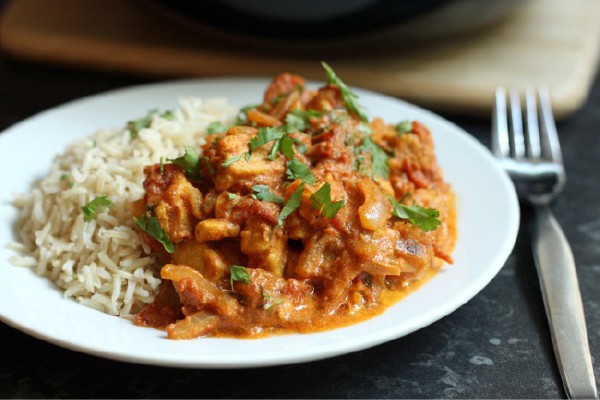When winter hits, many of us change the way we eat. Instead of salads and light dishes, we want warm, comforting food, such as soups, hearty casseroles and creamy mash. And then we add our winter kilos. Sound familiar? The good news is that there are tricks to have our comfort food and stay lean and mean.
When it’s cold outside and you just want to fill up on something that warms you up, and also cheers up your blue mood, you may feel a twinge of guilt or remorse about your choice, but the good news is that you don't have to substitute the foods you love when the cold season rolls around.
1. Pack in the protein
• Eggs are satisfying at any time of the day, whether they're poached at breakfast, scrambled at lunch or an omelette for dinner.
• Canned fish is an easy way to include a satisfying protein at lunch, and boost your omega-3 at the same time.
• Low-fat milk or low-fat yoghurt with your cereal or smoothie at breakfast will keep you going.
2. Find your fibre
High-fibre meals don't necessarily affect how much we eat straight away, but do reduce how much we eat at the next meal, because we're not as hungry.
• Add a high-fibre cereal to your breakfast regime.
• Use whole grain breads, rice and pasta.
• Add chickpeas, lentils, red kidney beans, cannellini beans or other legumes to salads and stews.
• Use hummus on bread or crackers.
3. Get your veg on
Bulk up meals and snacks with low-energy vegetables, because they help us stop eating thanks to the weight of food influencing how much we eat and how full we feel. The water and fibre in these vegetables add weight, so we fill up with fewer kilojoules.
• Snack on baby carrots, sliced capsicum, cherry tomatoes and other small or sliced vegetables.
• Other low-energy veggies include broccoli, beans, beetroot, rhubarb and turnips.
4. Grab the good fat
Unsaturated fats stimulate a hormone which helps us feel fuller for longer. You don't need to go overboard though – it's the same hormone (cholecystokinin) which fibre stimulates.
• Add small amounts of seeds and nuts to snacks.
• Drizzle a little canola, olive, or rice bran oil over salads or vegetables.
And enjoy! There is room to eat healthily even when the temperatures are low. Plus, you don't have to minimise taste!
Recommended Recipe
Spicy Carrot and Pumpkin Soup
Serves: 6
Preparation time: 6 hours
Perks: Dairy-free, low fat, low kilojoule, vegetarian
Ingredients
1 large onion, chopped
2 fat cloves garlic
2 tablespoons oil
2 large carrots, peeled and chopped in chunks
2 medium potatoes, cut in chunks
4 generous cups pumpkin, cut into chunks
3 tablespoons plain flour
1 teaspoon salt
½ teaspoon curry powder
1 pinch ground chilli
2½ teaspoons paprika
¼ teaspoon nutmeg
3 cups vegetable stock
pepper (a good grind)
1 additional cup water
Handful fresh mint, chopped
Instructions
Step 1: In a large pan, heat the oil and add the onion and garlic. Cook until softened. Add the prepared vegetables and the flour and mix, allowing the flour to absorb the oil.
Step 2: Put the mixture into the slow cooker. Add the spices, salt, pepper, stock and water and cook on high for 4 hours or low for 6 hours.
Step 3: When the vegetables are tender, purée or process the soup until smooth and return to the slow cooker to keep warm.
Step 4: Adjust the consistency to suit your personal taste – I like it thick with a little sour cream and some chopped mint. It’s also good thinned with a little coconut cream and garnished with coriander.


